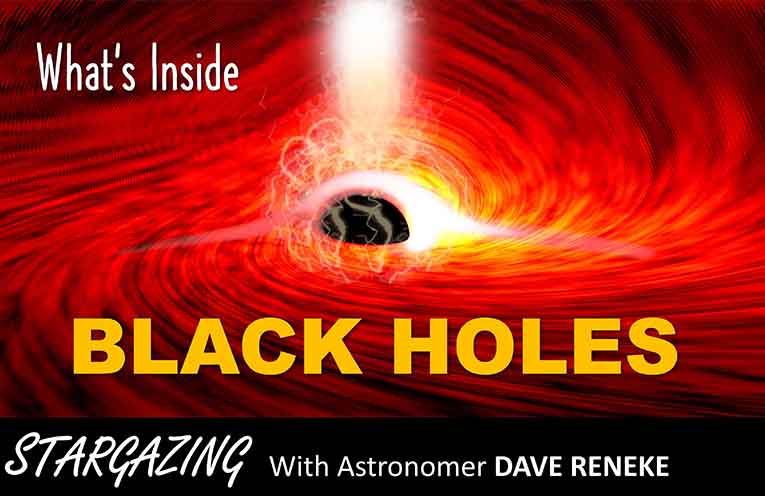PICTURE this: somewhere out there in deep space, the universe has a few places where the rules just stop working. Gravity goes haywire, time slows down, and light itself gets trapped like a fly in honey.
Welcome to the weirdest show in the cosmos – the world of black holes.
A black hole is what’s left when a massive star runs out of gas and collapses in on itself.
All that matter, millions of Suns’ worth, gets squeezed into a space smaller than the little town of Wauchope.
The result?
A cosmic vacuum cleaner so powerful it doesn’t just suck in matter; it swallows space and time themselves.
Step too close, and you’re history.
The whole idea started as a “what if” in Einstein’s equations over a century ago.
Even the great man thought nature would never allow such madness but a few decades later, astronomers spotted stars behaving as though they were being pulled by invisible partners.
Something was there, massive, unseen, and hungry.
In 1971 our first confirmed black hole was found. Suddenly, science fiction had become science fact.
Then came 2019, the year we actually saw one!
The Event Horizon Telescope captured a glowing orange ring of gas circling a black hole in a distant galaxy, with a black centre that looked like an eye peering into infinity.
That shadow wasn’t a hole in space, it was the edge of the ultimate trap, the “event horizon”, where even light can’t escape.
Black holes come in all sizes, a lot are supermassive, millions or even billions of times heavier than the Sun.
One of these monsters sits in the middle of our Milky Way galaxy.
Thankfully, it’s in a good mood and keeps its distance.
Here’s the fun part: black holes mess with time.
The closer you get, the slower time moves.
Spend a few hours orbiting near one, and everyone else at home you left behind would be centuries older!
Fantastic? You bet!
It’s the universe’s ultimate time warp.
Doctor Who would feel right at home.
But what if you could use a black hole as a shortcut to somewhere else in the universe?
This is where wormholes come in – the stuff of wild imagination and serious science.
In theory, a black hole might connect to a “white hole,” a kind of cosmic exit ramp where everything it swallows pops out again – somewhere, somewhen else in the universe.
Think of it as a space-time tunnel, a cosmic trapdoor to another galaxy or even another era.
Even if they do exist, surviving one would be another matter entirely.
But it’s a fun thought: maybe somewhere, in the far reaches of the cosmos, there’s a gateway waiting, one you could dive into and come out billions of light-years away.
Wow! Serious stuff huh?
For all their dark reputation, black holes also help sculpt galaxies, power jets of energy that light up space, and keep the universe in motion.
They’re nature’s way of reminding us that not everything is meant to be understood.
So yes, black holes are terrifying, but they’re also dazzlingly beautiful.
They bend space, twist time, and stretch imagination.
And who knows, maybe one day, someone will take the ultimate plunge… and find out what’s really on the other side.
By Dave RENEKE, Astronomer



